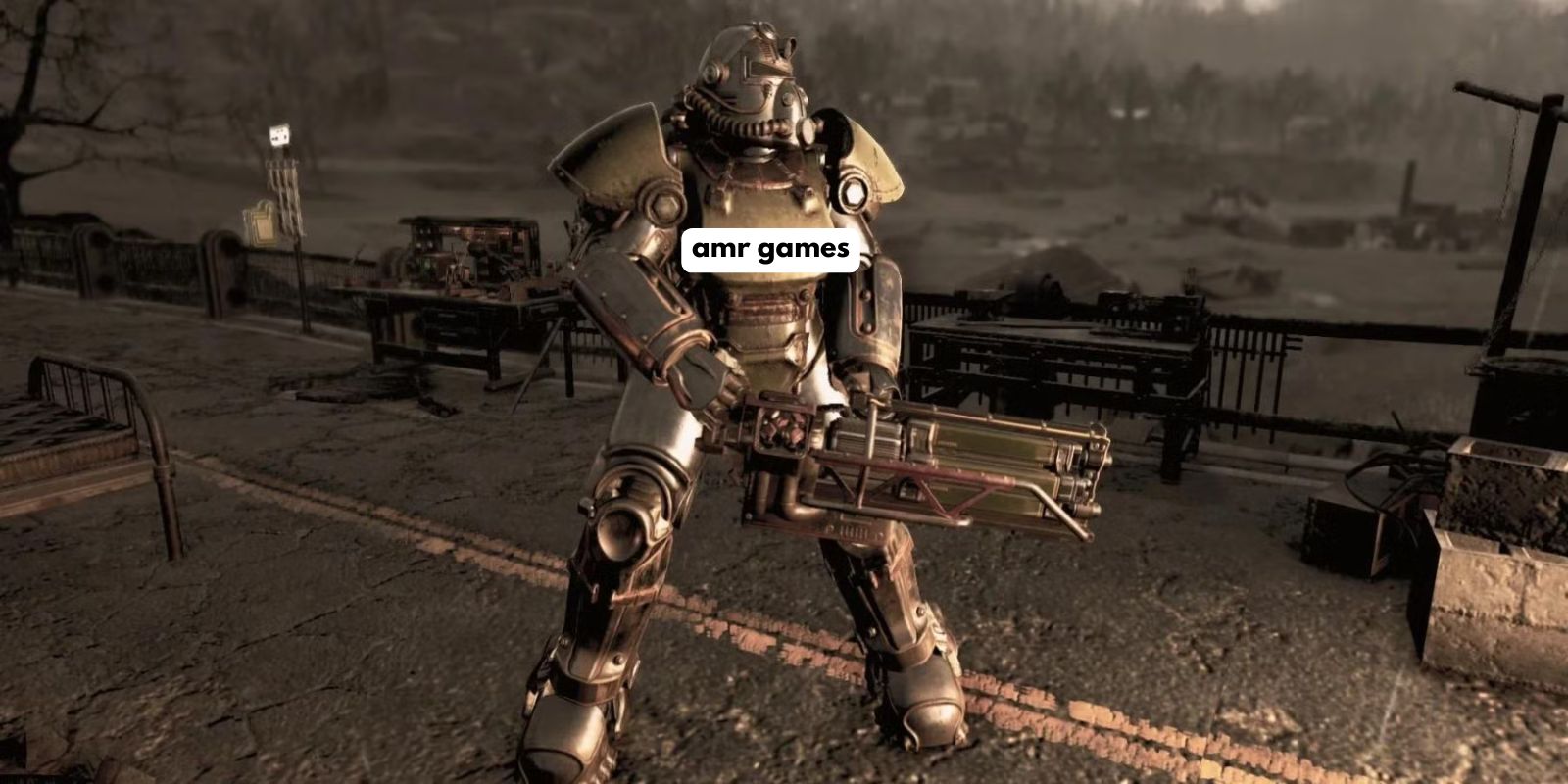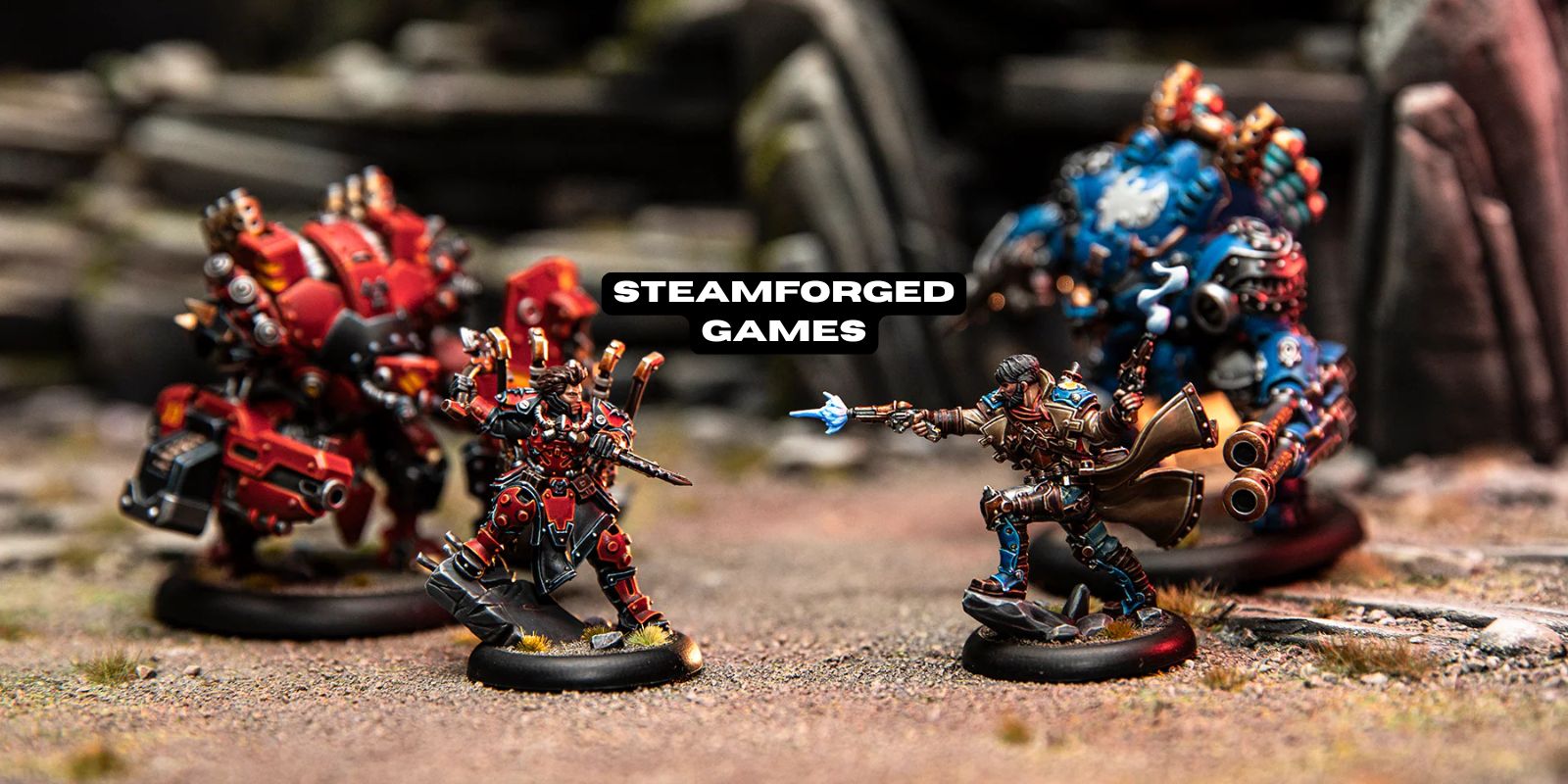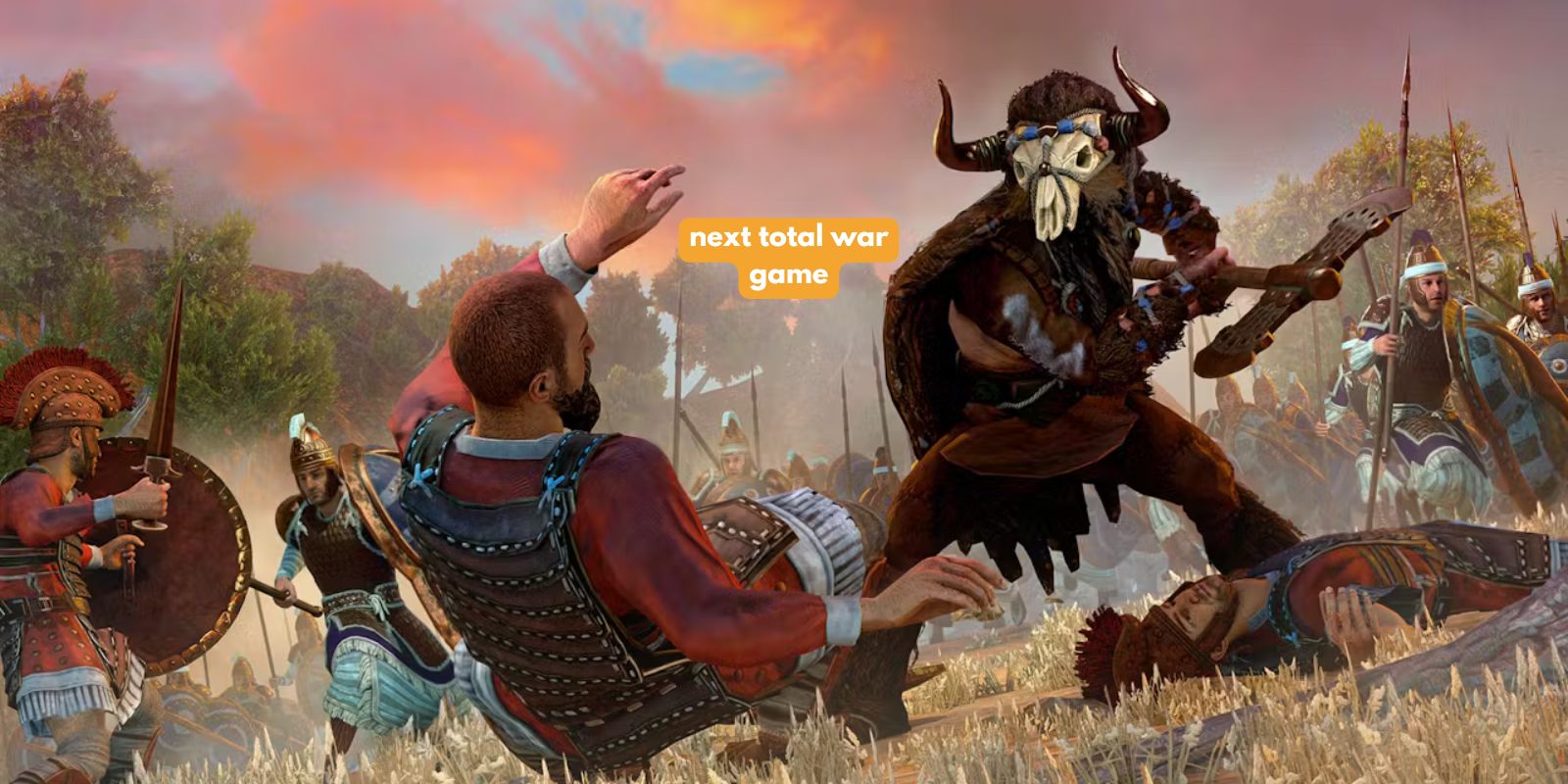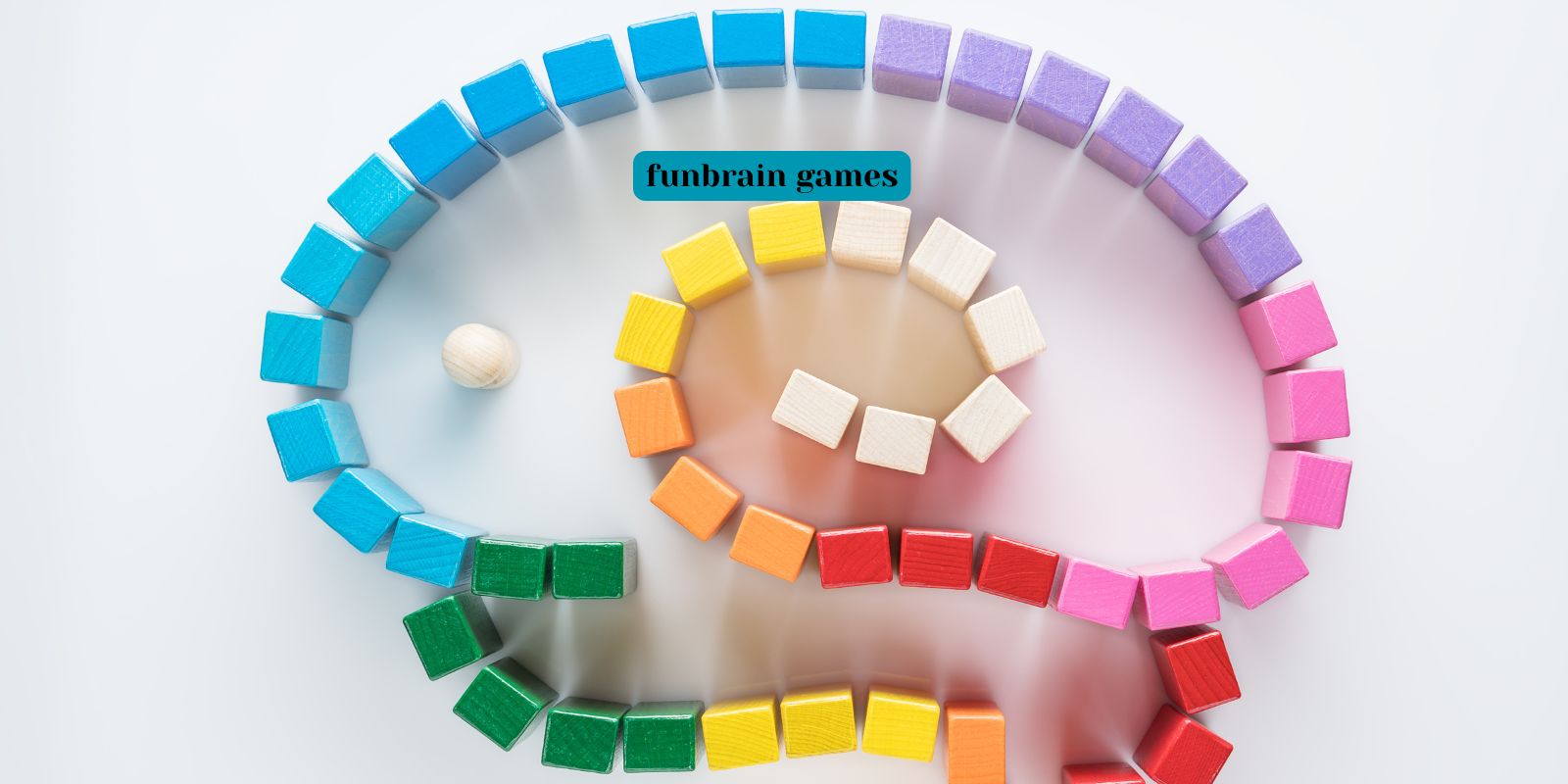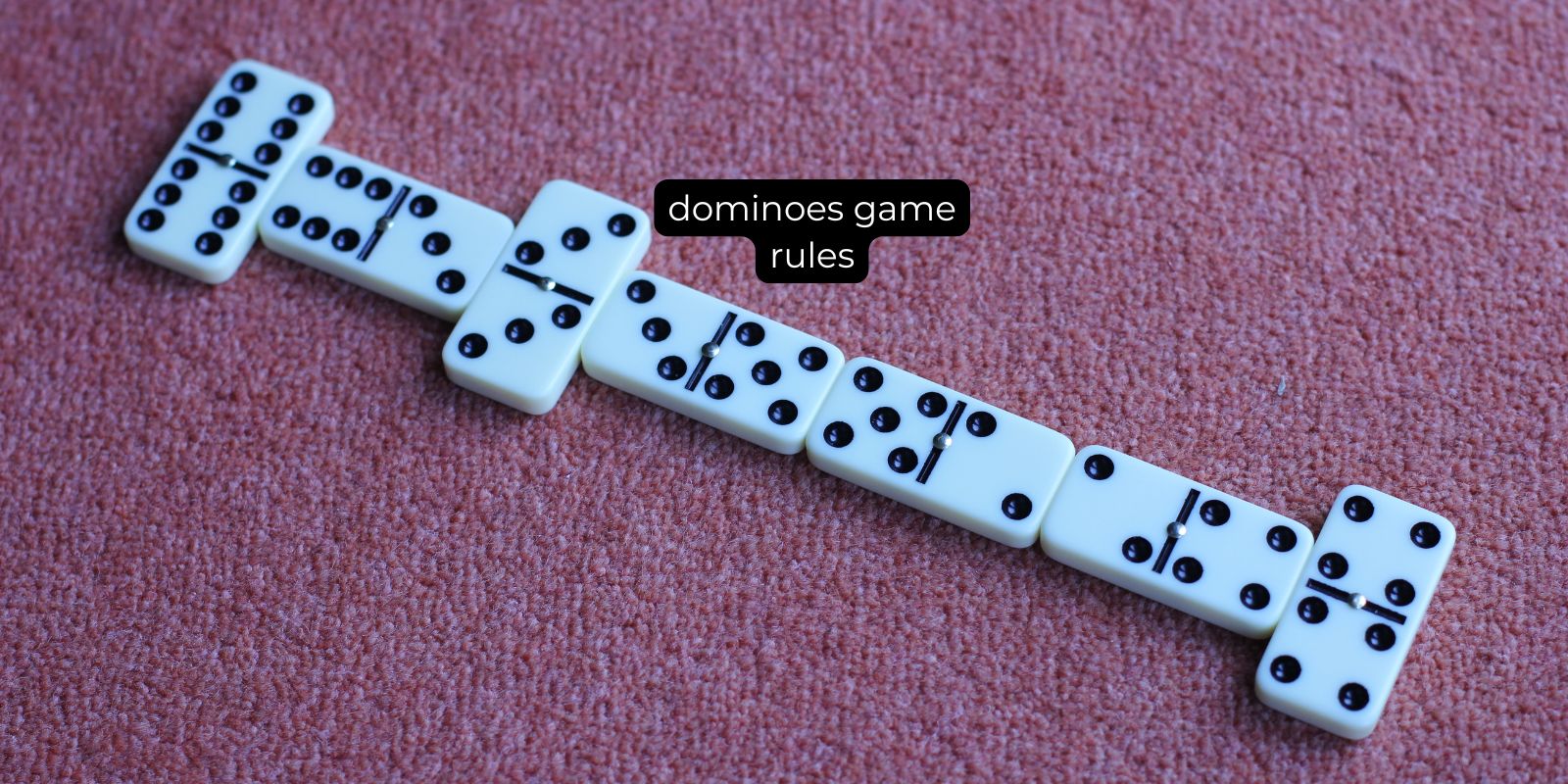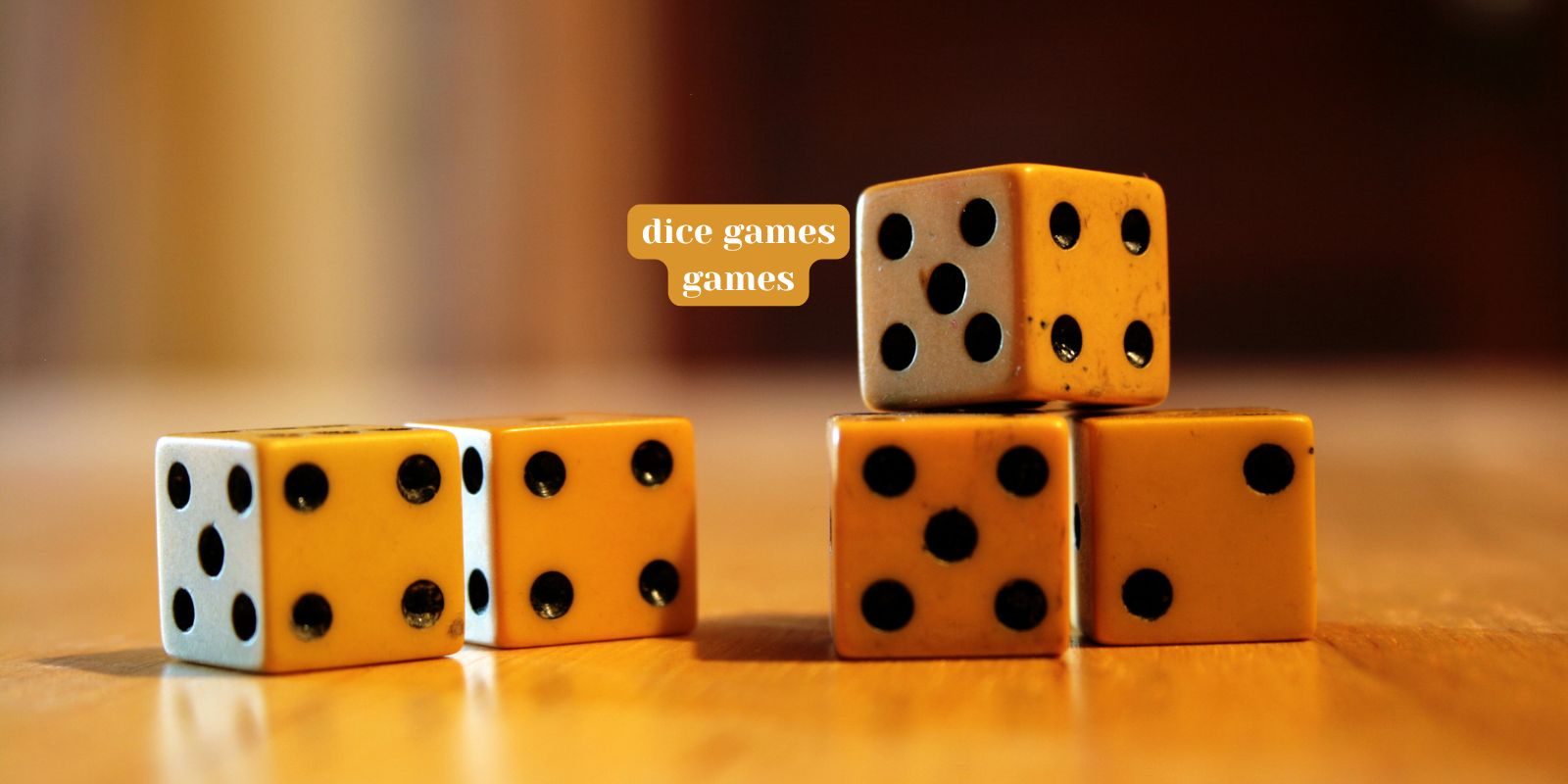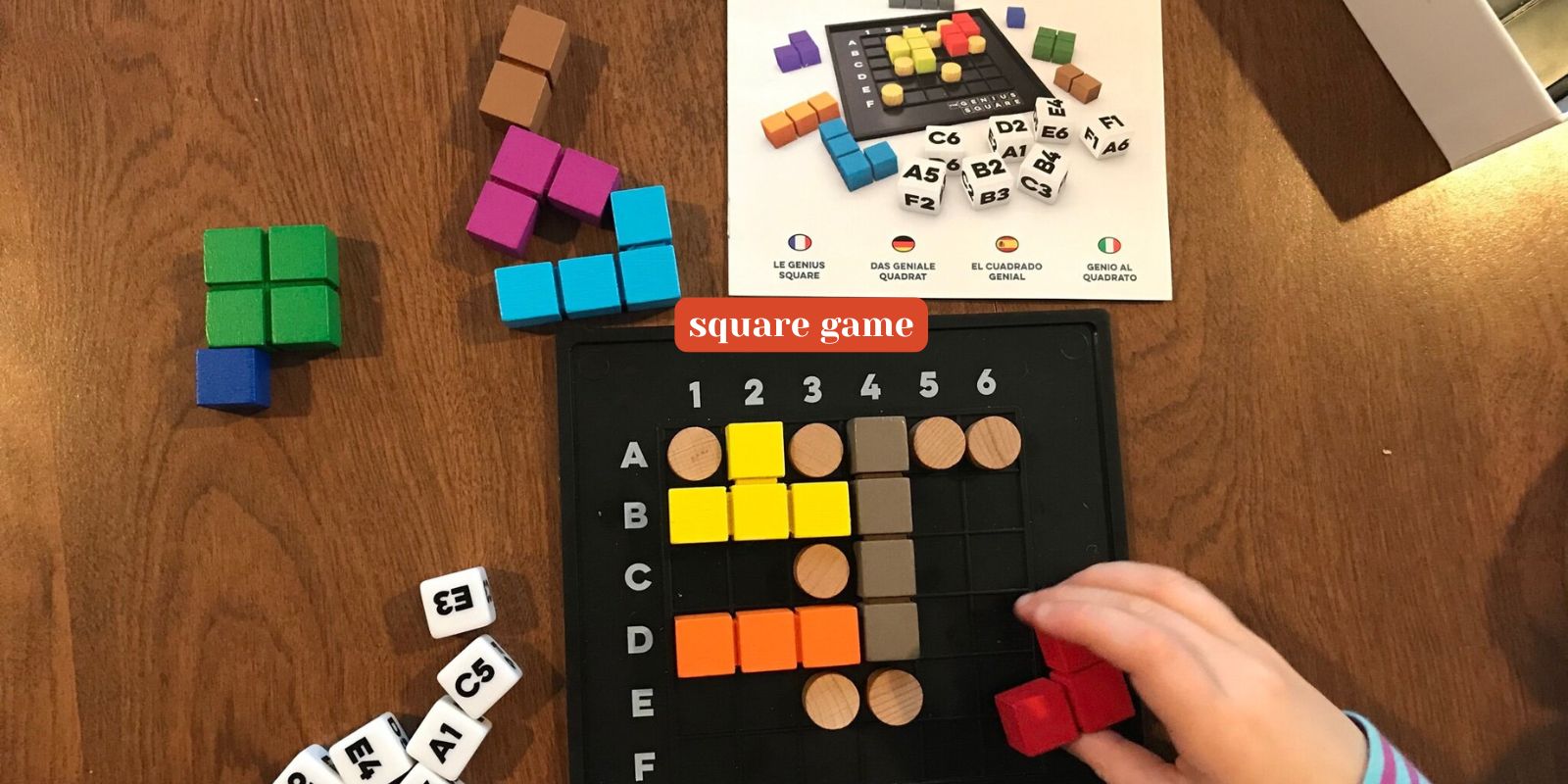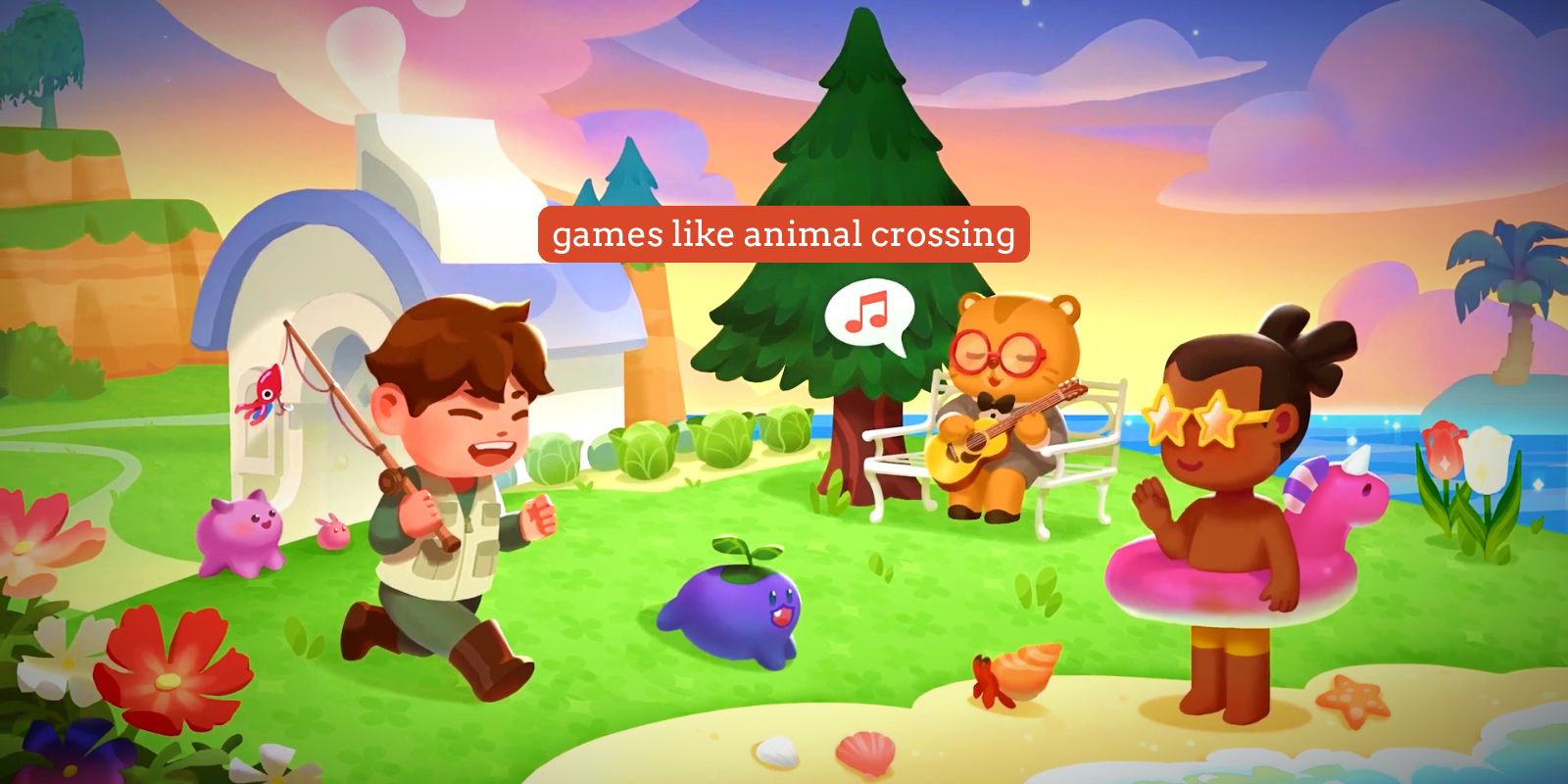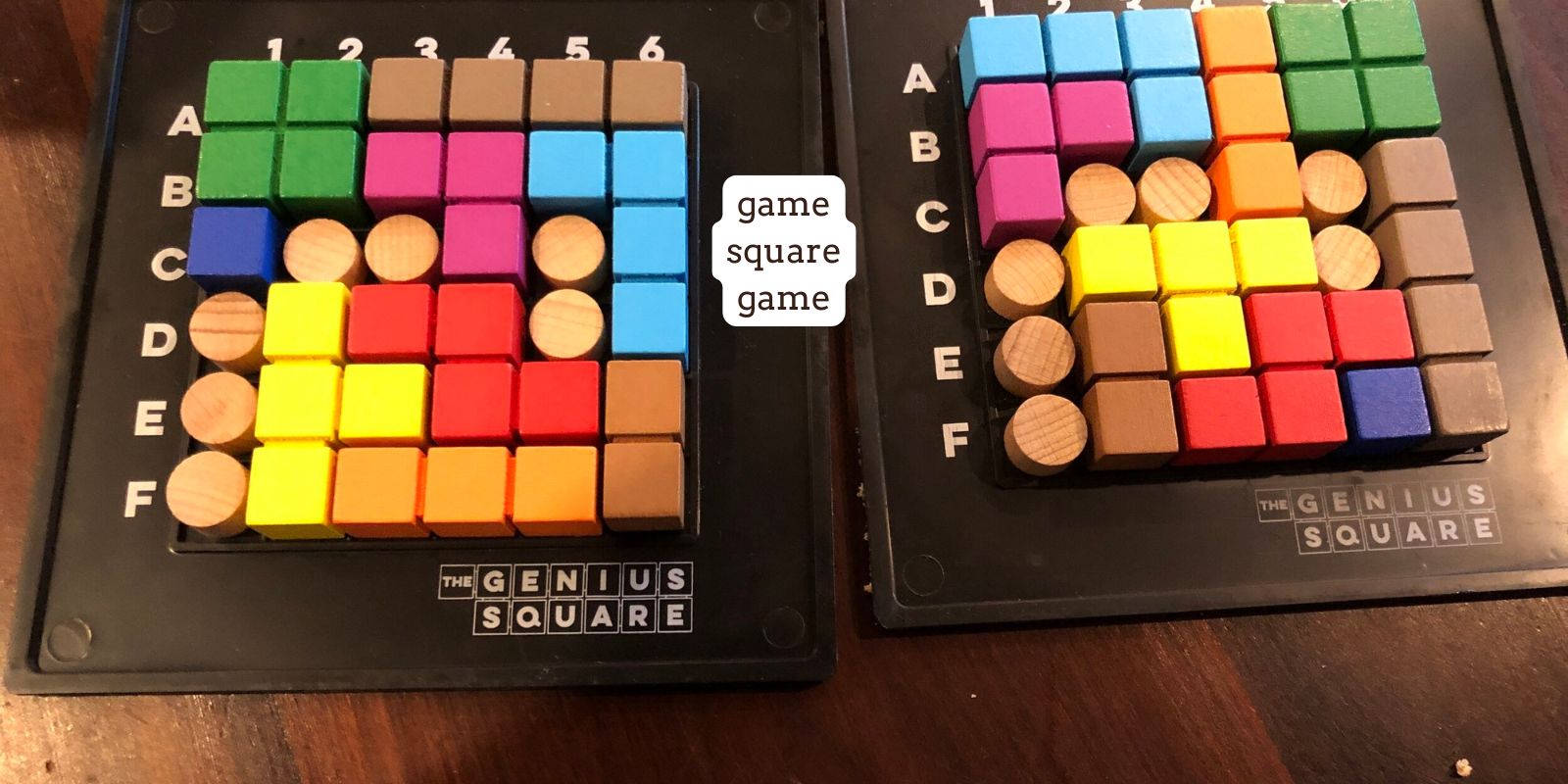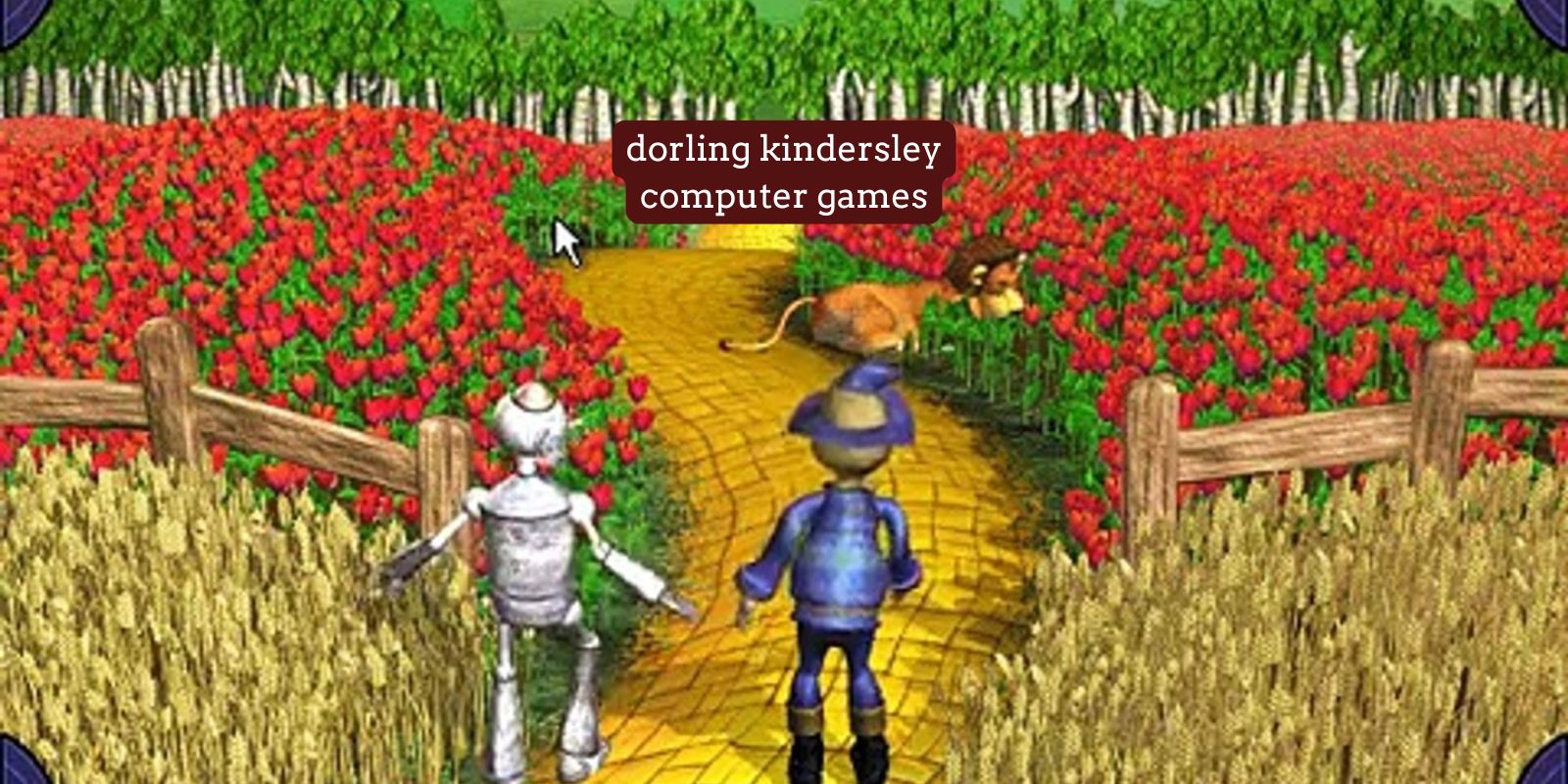AMR games represent two distinct gaming concepts: a small-scale indie developer and a colloquial term within Arabic-speaking gaming communities (“games amr”). This article examines both interpretations of the AMR games phenomenon, exploring their distinct contributions to the gaming landscape.
AMR Games Studio: Indie Mobile Innovation
While not a household name, AMR Games refers to an independent mobile game studio founded by developer Amr Hassan. Key traits define their work:
- Hypercasual Focus: Creating accessible, pick-up-and-play titles like Bottle Jump and Color Road
- Minimalist Design: Clean visuals, intuitive one-touch controls
- Procedural Challenges: Infinite runners and obstacle-dodgers with algorithmically generated difficulty
- Monetization: Ad-supported models with optional premium upgrades
Their games amr philosophy prioritizes frictionless entertainment—perfect for short sessions but often lacking depth.
The Cultural Lens: “Games Amr” in MENA Gaming
In Arabic gaming circles, games amr (عمر الألعاب) translates to “age of games,” reflecting:
- Localization Demand: Push for Arabic translations in major titles (e.g., Assassin’s Creed Mirage)
- Regional Esports: MENA-exclusive tournaments for Valorant and FIFA
- Content Creation: Arabic Twitch/YouTube streamers like “MrBeast Arabic” are adapting global hits
Accessing AMR Games Experiences
For AMR Studio Titles:
- Download: Available on Google Play Store and iOS App Store
- Device Requirements: Low specs (Android 7.0+, iOS 11+)
- Size: Typically 50-150MB
- Monetization: Free with ads; $0.99-$4.99 for ad removal
For Arabic Localization:
- Region-specific patches via Steam/PSN/Xbox stores
- Arabic gaming hubs like Viola (viola.com) for news and mods
Key Insights
| Aspect | AMR Studio | Arabic “Games Amr” |
| Primary Platform | Mobile | PC/Consoles |
| Top Example | Color Road (20M+ downloads) | Uncharted 4 (Arabic subs) |
| Trend Impact | Global hypercasual market | MENA localization standards |
The Road Ahead
AMR Games, as a studio, continues to refine its casual formula—recent title Rope Twist added multiplayer lanes. Meanwhile, the cultural games movement pushes for Arabic dubbing in AAA games, with studios like Ubisoft Dubai leading integration efforts. Both interpretations showcase gaming’s expanding diversity: one through accessible design, the other through cultural representation.
AMR Games FAQs
- Is AMR Games a major publisher?
No—it’s a small indie studio focused on mobile hypercasual titles, distinct from giants like EA or Ubisoft. - How do I find Arabic-localized “games amr”?
Filter regional settings on Steam/PSN/Xbox stores or visit Arabic gaming portals like IGN Middle East.
Are AMR studio games free?
*Yes, all are free-to-play with ads; most offer a one-time purchase ($1-5) to disable ads permanently.*




